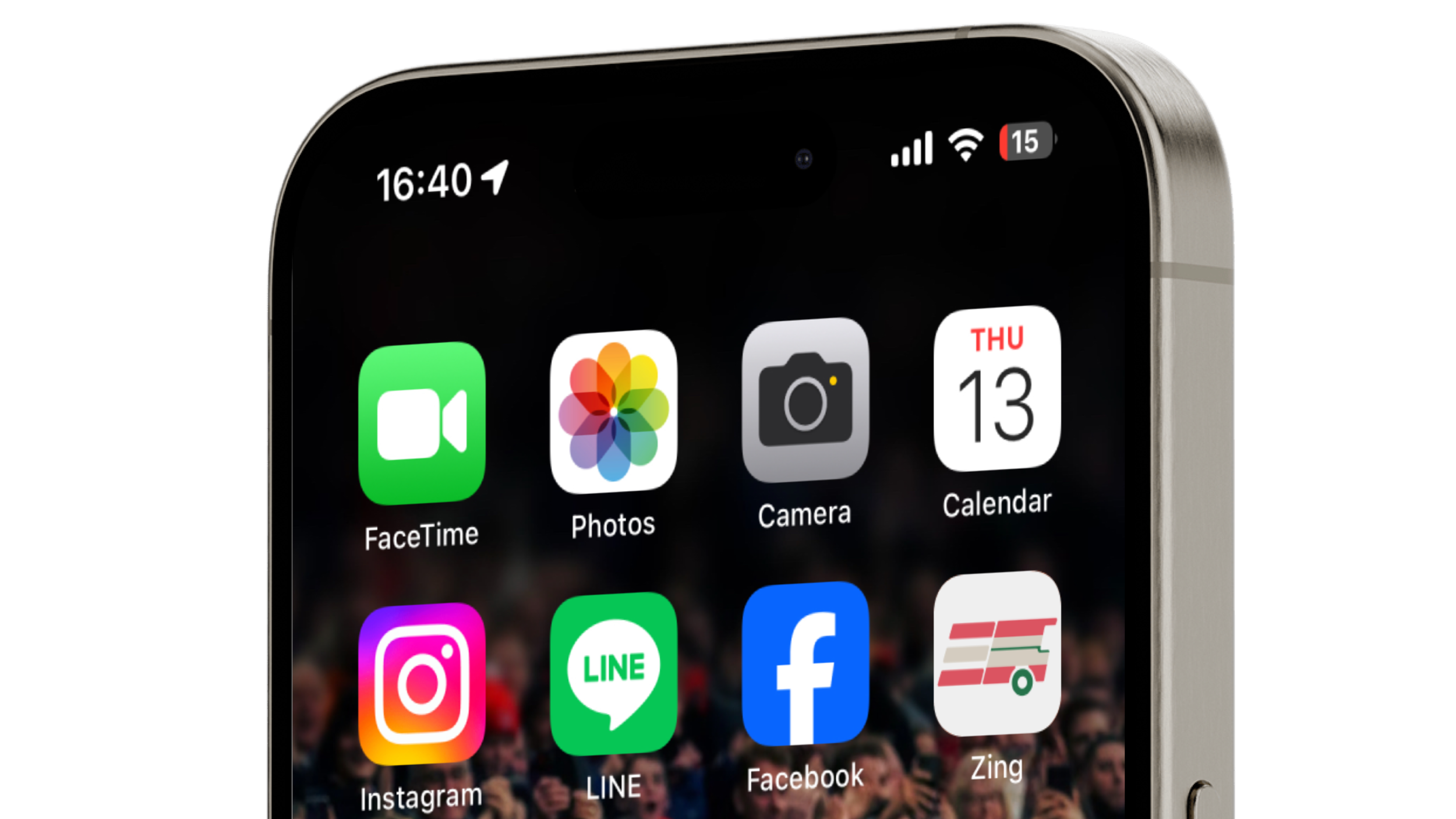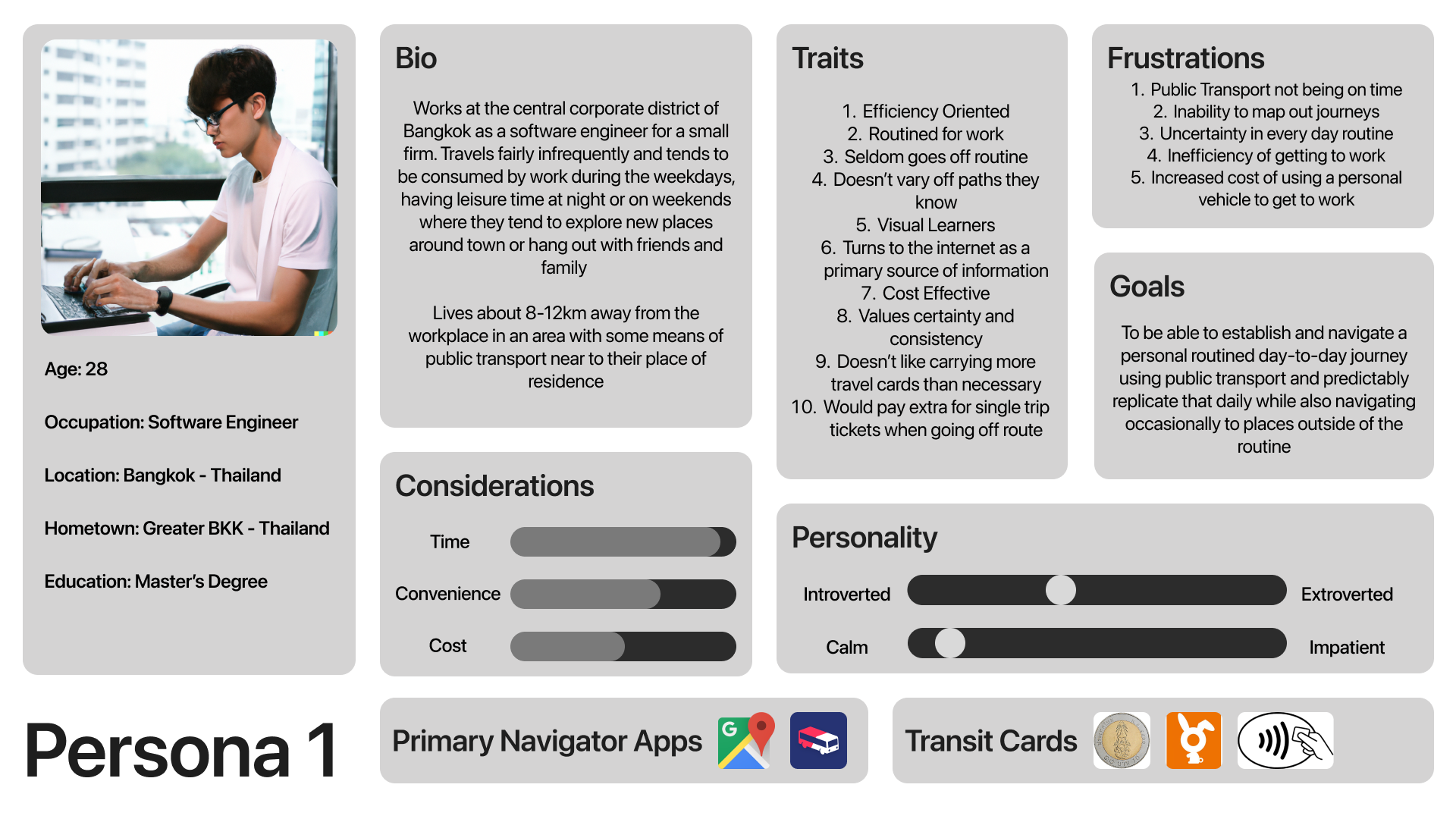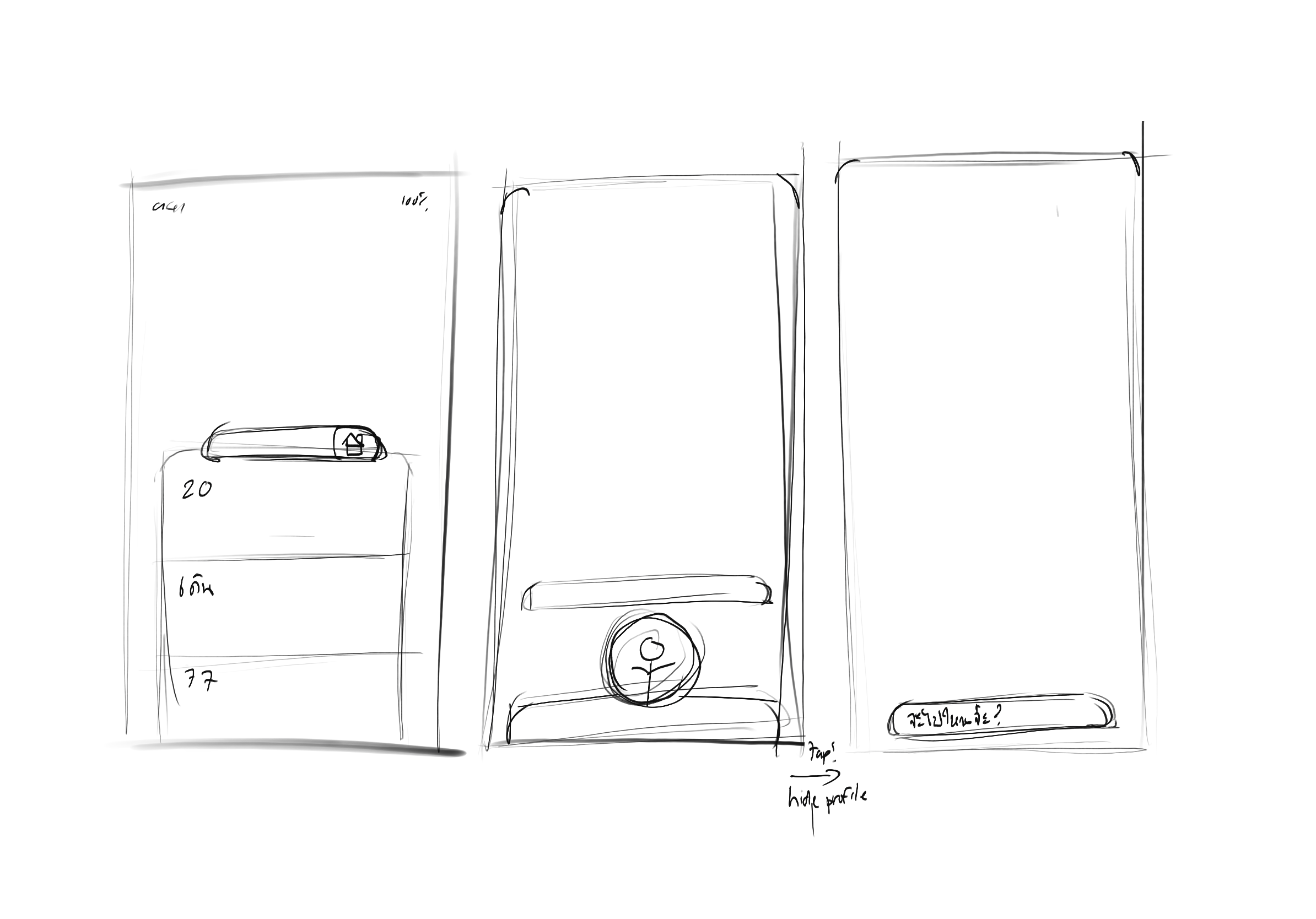Introducing:
ZING
Bangkok’s one and only self learning navigator app
Designed for Metamedia Technology Ltd (Bangkok, Thailand)
WHAT’S THE PROBLEM?
The Bangkok Metropolitan Bus system is complicated.
Very complicated.
Many native Bangkokians and Tourists find riding and navigating on these systems extremely complicated. A solution to optimize rides and micro navigate the city could potentially be implemented.
A SELF LEARNING APP?
The Bangkok Bus Transport system is very, very expansive. You can get anywhere if you know which bus to get on, but therein lies the problem.
You don’t.
Therefore, it is incredibly difficult to comfortably predict a route that reliably takes you from A to B consistently. Buses coming and leaving at irregular times, ticket fares and the multi-ownership model of Bangkok’s public transport and many more issues plague the city. This app seeks to create a self-learning platform in order to allow for routes to be personalized to the user who requests it, primarily based off their value propositions and what they prioritize in travel
01: User Understanding
The main value propositions of the users can be summarized into 3 main categories when it comes to using public transport
Cost
Time
Convenience
Some users may value certain aspects more than others, leading to a need for a self learning app - in addition to Bangkok’s own complicated public transport system.
From here, we are able to roughly form an image of an app that can be used to display such information and create a means for the users to navigate comfortably.
02: Artistic Direction & Moodboard
Here, the map of Thailand’s bus system reveals a series of different colors and convoluted networks across greater Bangkok without much color coding or intentional planning to organize it. The most expansive and detailed map of the Bangkok bus system remains (to this day), a hand-drawn map with markers on paper by an elementary school child.
This information is pivotal in realizing just how much information is communicated to the user, and what can be constituted as “important”
Solitaire is used as a form of inspiration for the user interface. With the users being able to prioritize what they see on the interface, it becomes easier to take a quick glance to know where they are
Furthermore, enough of the the other information can be gleamed from the top of the card,
like the card stack in Solitaire
Features from other apps that would benefit the development of this app:
Rüter
Adjustable walking speed
Citymapper
Adjustable priorities
Maintenance Schedule
Transit
Live Updates, tracking and time
Longdo Maps
Comprehensive cost breakdown and payment methods
03: Navigation (of the navigator app)
04: Prototyping
This is a sample iteration of the home page and navigation options page with room for ad sponsorships.
The maps, open sourced from OpenStreetMap allows for specific location sharing with accurate streets all over the world. The UI meanwhile, seeks to be as unobtrusive to the user as possible, showing the maps as the main interface at it intends to be a navigator app above all. In this case, the user’s profile settings are front and center while the search option is easily accessible.
New color coding schemes have also been assigned to each bus route to differentiate them by endpoint and direction.
Hifi wireframes
In order to facilitate the dynamic nature of travel using public transport, the app can also change the route midway to facilitate faster travel.
If a significant change is needed, the user will be prompted with a choice to accept a new route or keep with the old one
This is a sample iteration of the home page and navigation options page with room for ad sponsorships.
The maps, open sourced from OpenStreetMap allows for specific location sharing with accurate streets all over the world. The UI meanwhile, seeks to be as unobtrusive to the user as possible, showing the maps as the main interface at it intends to be a navigator app above all. In this case, the user’s profile settings are front and center while the search option is easily accessible.
The app opens with a small preferences quiz that gauges the user’s personal habits and can tailor routes using data the user has provided to create the best route
New color coding schemes have also been assigned to each bus route to differentiate them by endpoint and direction.
















